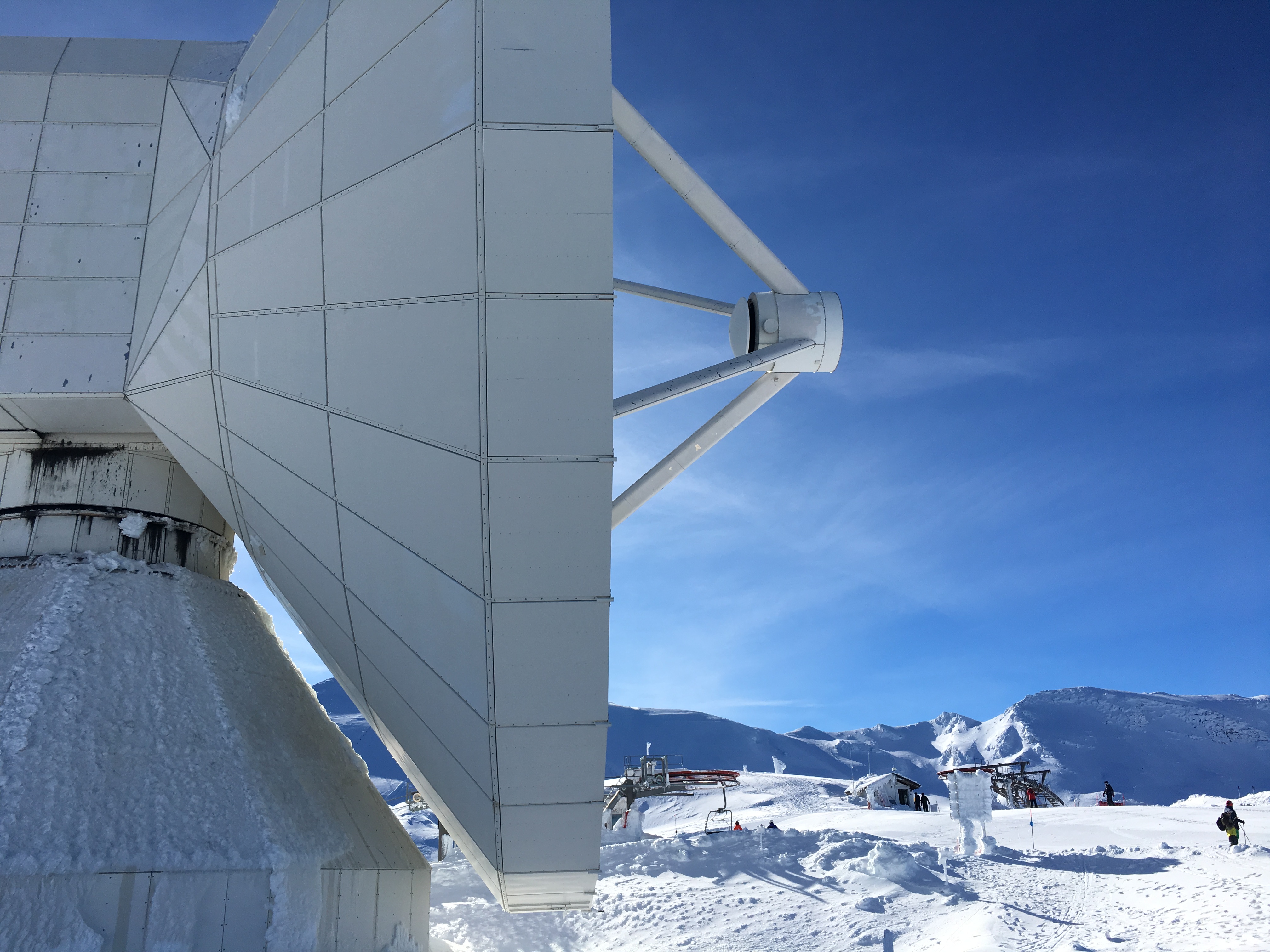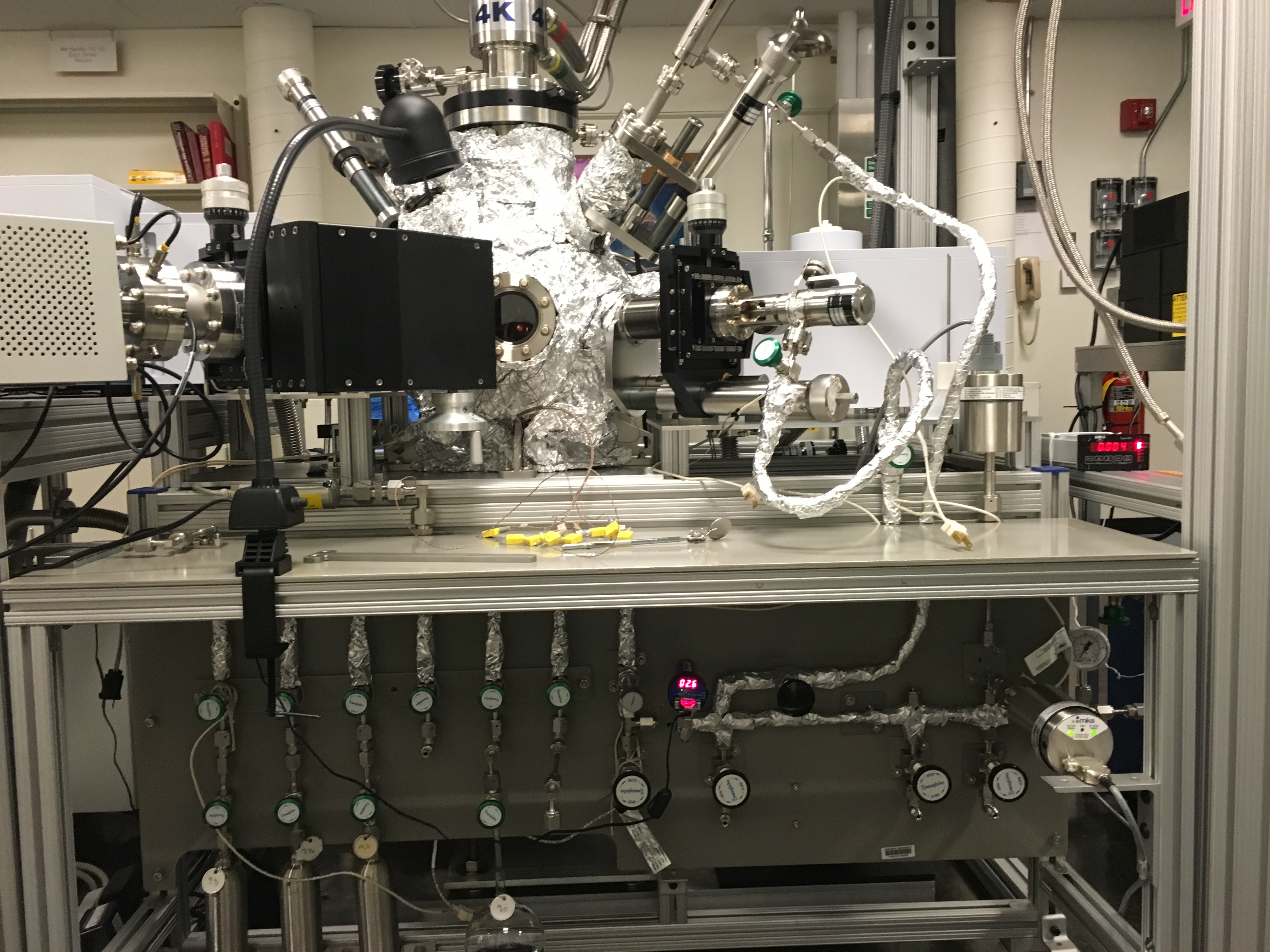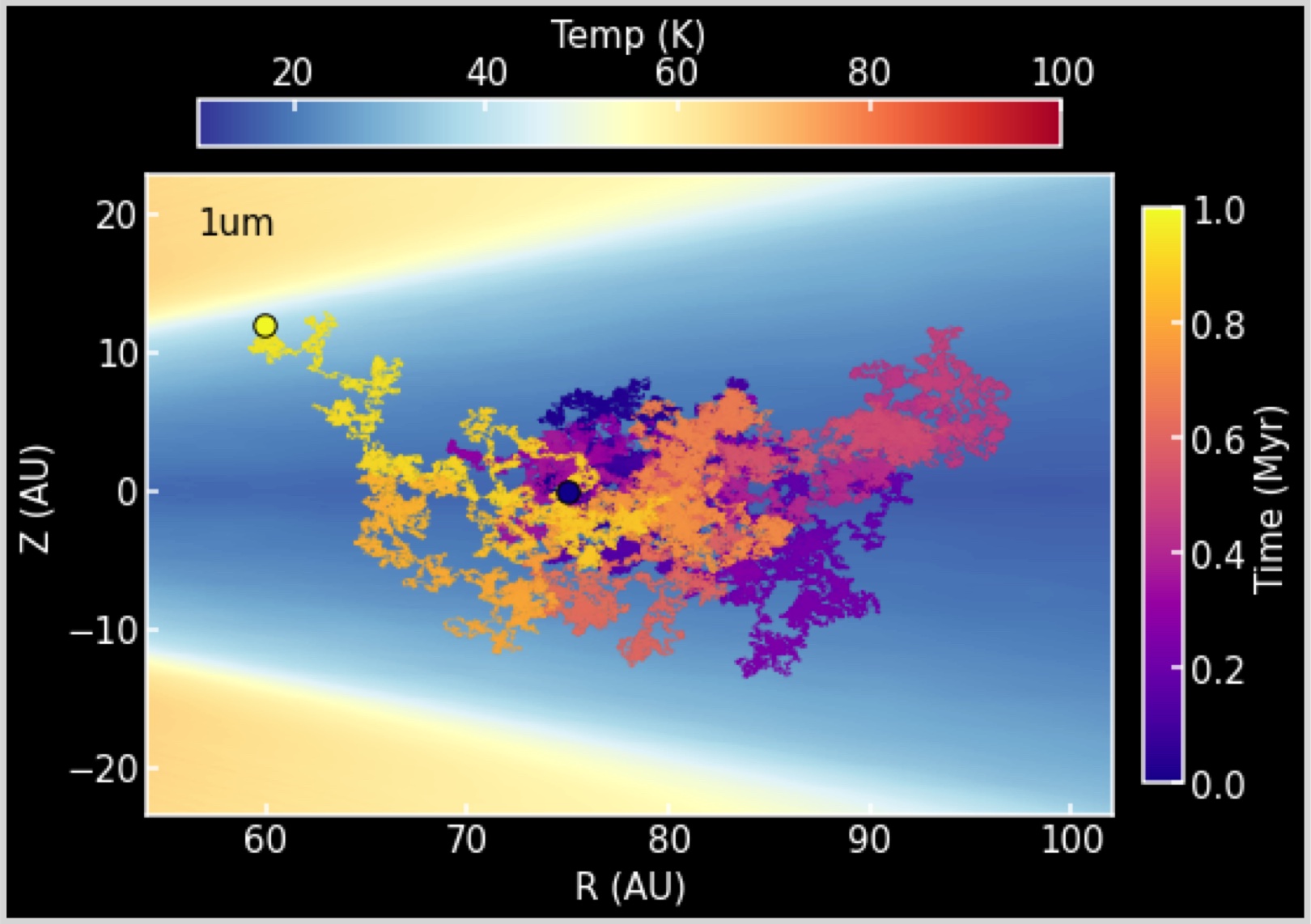
We use telescopes like ALMA and JWST to observe the spectral fingerprints of volatile molecules in protostars and protoplanetary disks, providing a view of the chemical landscape of planet formation and the physical processes which drive astrochemical evolution.

With cryogenic vacuum experiments we mimic the extremely low temperatures and pressures of star-forming regions in the lab, enabling us to test the chemical and microphysical behavior of volatile molecules in these exotic conditions.

We develop simulations to understand how the volatile chemistry is influenced by the dynamic redistribution of material within planet-forming disks.